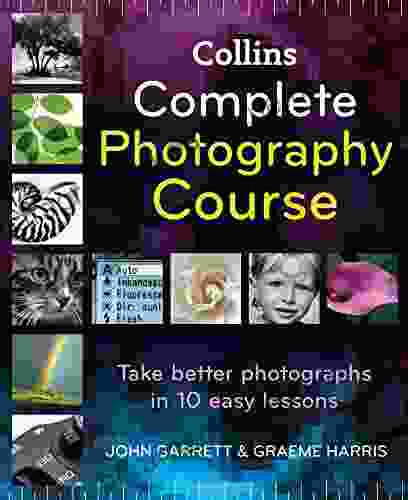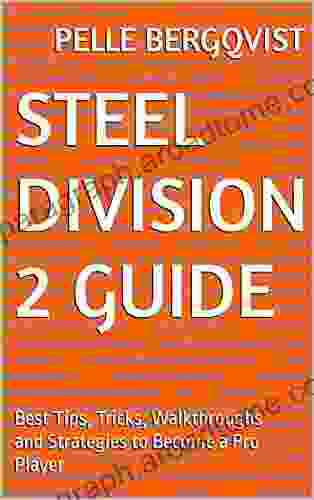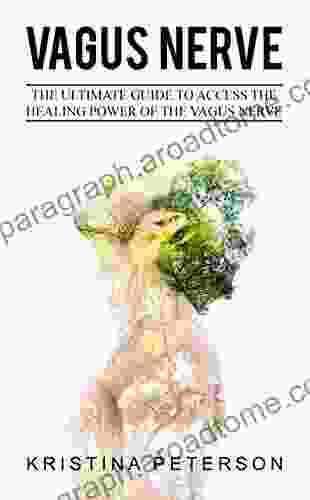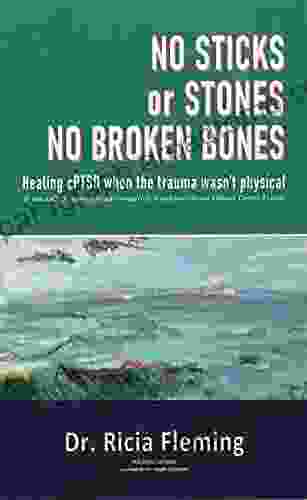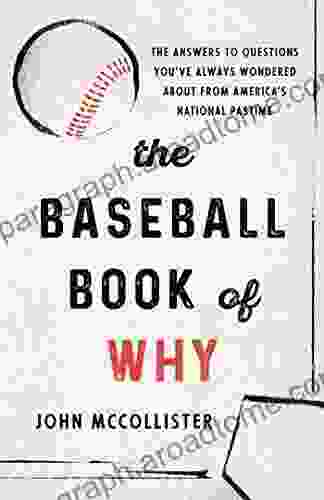In the ever-evolving realm of digital design, user experience (UX) has emerged as a paramount factor in determining the success of websites, apps, and products. UX encompasses the entire journey of a user as they interact with a digital interface, encompassing factors such as ease of use, functionality, and overall satisfaction.
Traditionally, UX designers have relied on methods like user interviews, surveys, and heatmaps to gather insights into user behavior. However, these methods often provide limited and subjective data, leaving designers with a fragmented understanding of how users actually experience their designs.
4.3 out of 5
| Language | : | English |
| File size | : | 12479 KB |
| Text-to-Speech | : | Enabled |
| Enhanced typesetting | : | Enabled |
| Print length | : | 362 pages |
| Screen Reader | : | Supported |
Enter eye tracking, a groundbreaking technology that revolutionizes the way we analyze user behavior. By tracking the movements of a user's eyes, designers gain an unprecedented level of insight into what users are paying attention to, what they are struggling with, and where they are experiencing friction.
This comprehensive guide will delve into the transformative power of eye tracking in UX design, providing invaluable insights and practical techniques to help you create digital experiences that captivate users and drive engagement.
Benefits of Eye Tracking for UX Design
- Uncover Hidden Insights: Eye tracking reveals what users are truly seeing and focusing on, providing designers with deeper insights into their thought processes and decision-making.
- Identify Usability Issues: By tracking where users encounter difficulties or confusion, designers can pinpoint specific areas that require improvement, enhancing the overall usability of the design.
- Optimize Content Placement: Eye-tracking data helps designers determine the optimal placement of critical elements like calls-to-action, navigation menus, and product images, ensuring that users can easily find and interact with the most important information.
- Increase Conversion Rates: With a deeper understanding of how users navigate and interact with a website or app, designers can make informed decisions that lead to increased conversions and improved business outcomes.
- Improve Accessibility: Eye tracking can help identify accessibility issues that may hinder users with disabilities from fully experiencing a digital product, ensuring inclusivity and equal access.
How to Conduct Eye Tracking Studies
Conducting eye tracking studies is an integral part of the UX design process. Here's a step-by-step guide to help you get started:
1. Define Your Research Objectives
Start by clearly defining the specific questions you want to answer through eye tracking. This could include understanding user attention patterns, identifying pain points, or evaluating the effectiveness of a particular design element.
2. Recruit Participants
Select a group of participants that represents your target audience. Ensure that they are representative of your user demographics and have no prior knowledge of your design.
3. Set Up the Equipment
Invest in high-quality eye tracking equipment that meets your research needs. Consider factors such as accuracy, sampling rate, and calibration capabilities.
4. Conduct the Study
Guide participants through a series of tasks while recording their eye movements. Use clear instructions and maintain a controlled environment to ensure consistent results.
5. Analyze the Data
Use specialized software to analyze the eye-tracking data, identifying patterns, trends, and areas of interest. Interpret the results carefully and draw meaningful s.
Best Practices for Eye Tracking in UX Design
- Use Heatmaps and Gaze Plots: Visualize eye-tracking data using heatmaps and gaze plots to quickly identify areas of focus and attention.
- Analyze Fixation Duration: Examine how long users fixate on specific elements, providing insights into the relative importance of different areas.
- Track Saccades and Skips: Identify patterns in eye movements, such as saccades (rapid eye movements) and skips (areas where users quickly move their eyes),to understand how users navigate the design.
- Combine Eye Tracking with Other Methods: Triangulate eye-tracking data with other research methods, such as user interviews and surveys, to gain a comprehensive understanding of user behavior.
- Consider Context and Limitations: Interpret eye-tracking data in the context of the user's environment and task, understanding that eye movements may be influenced by factors beyond the design itself.
Case Studies of Eye Tracking in UX Design
Numerous companies and organizations have successfully leveraged eye tracking to enhance their UX designs. Here are a few notable case studies:
- Our Book Library: Used eye tracking to optimize product listing pages, resulting in a 15% increase in conversion rates.
- Google: Conducted eye-tracking studies to improve the design of their search engine results pages, leading to a 20% increase in user satisfaction.
- IBM: Utilized eye tracking to redesign their online banking platform, resulting in a 30% decrease in user errors.
Eye tracking has emerged as an indispensable tool in the UX designer's arsenal, providing unparalleled insights into user behavior. By leveraging the power of sight, designers can create digital experiences that are both captivating and intuitive, driving engagement, increasing conversions, and ultimately achieving business success.
Embrace eye tracking as a transformative force in UX design and unlock the full potential of your digital creations. By understanding how users interact with your designs through the lens of their eyes, you can craft experiences that truly resonate and leave a lasting impression.




























































